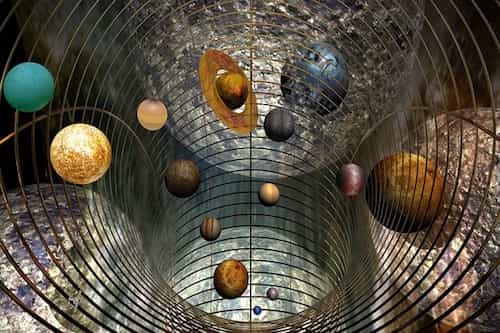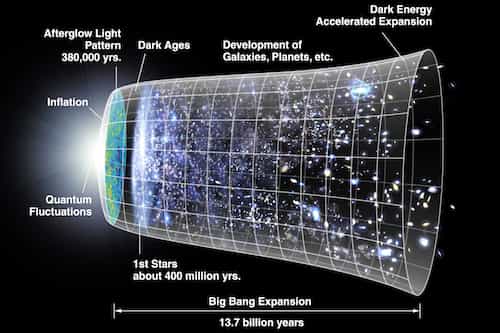Heliosphere and interstellar medium: how far away is it. What is Solar Wind and how it affects the Earth. The travel time for the solar wind.

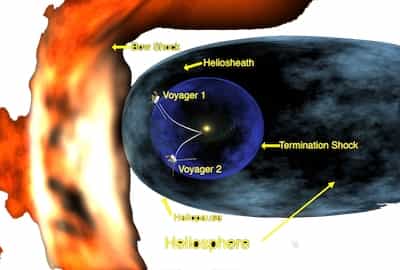
Heliosphere
Now before closing this topic of Solar system let me explain the remaining two essential terms, one is Heliosphere which is a vast region of space surrounding the Sun, a sort of bubble filled by the interplanetary medium and extending well beyond the orbit of Pluto. Solar wind creates and maintains this bubble against the outside pressure of the interstellar medium. The solar wind is a stream of charged particles a plasma released from Corona the upper atmosphere of the Sun. The corona, the sun’s outer layer, reaches temperatures of up to 1.1 million Celsius. At this level, the sun’s gravity can’t hold on to the rapidly moving particles, and it gushes away from the star. It mostly consists of electrons and protons with a mass of about one billion kilograms per second almost 4-5 billion tons per hour leaving the sun.
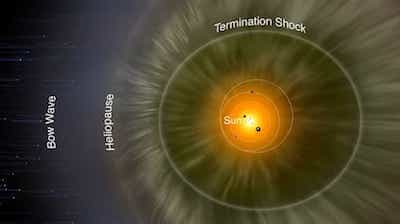
The travel time for the solar wind
The solar wind flows outward at speeds of 450-750km/s or almost 2 million Km/h to great distances filling a region heliosphere I told you above. The travel time for the solar wind from the sun to the Earth is two to four days. An average solar flare just in two hours releases enough energy to power the United States for 10,000 years.
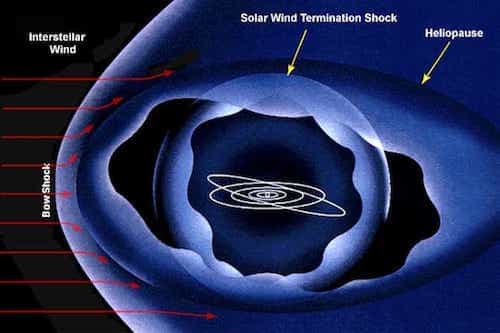
Solar Wind’s effects on Earth
If the stuff carried by the solar wind reached earth or any planet’s surface, its radiation would do severe damage to the life that might exist there. Earth’s magnetic field serves as a shield, redirecting the material around the planet so that it flows beyond it. The force of the wind stretches out the magnetic field so that it is smooshed inward on the sun-side and stretched out on the opposite side of the earth where there is night.
Will come soon!
Will come soon!
Will come soon!
Share this article
Written by : TheLastDialogue
A Synthesis of Religions. O Mankind I am presenting you the case of God,, يا أيّها الجنس البشري؛أنا أقدم لكم "قضية الله, ¡Oh humanidad! Les estoy presentando el caso de Dios, O люди, я представляю вам дело Божие, ای بشر من سخنان خدا را به تو عرضه می کنم., Ey insanlık, ben sana Tanrı'nın davasını sunuyorum, 哦人类,我向你展示上帝的情形, اے بنی نوع انسان میں آپ کے سامنے خدا کا مقدمہ رکھتا ہوں
"The Last Dialogue" is an individual's effort by the Will of his Lord to make this world a better living place, to raise the human intellect for the fulfillment of God’s Will and to invoke God’s Mercy on humans.
The Last Dialogue (thelastdialogue.org) stands as a testament to human understanding, held in high esteem and frequently cited across prominent platforms such as Wikipedia, Reddit, and Quora. Its profound significance is evidenced by the multitude of citations and mentions it garners from scholars spanning various faith traditions, including Judaism, Christianity, and Islam.
It distinguishes itself as the sole religious platform adhering to the noble tradition of not soliciting charity, zakat, or donations – a practice aligned with the true Sunnah of Prophets.
قُلْ مَا أَسْأَلُكُمْ عَلَيْهِ مِنْ أَجْرٍ وَمَا أَنَا مِنَ الْمُتَكَلِّفِينَ
Say, "I do not ask you for this any payment, and I am not of the pretentious.





